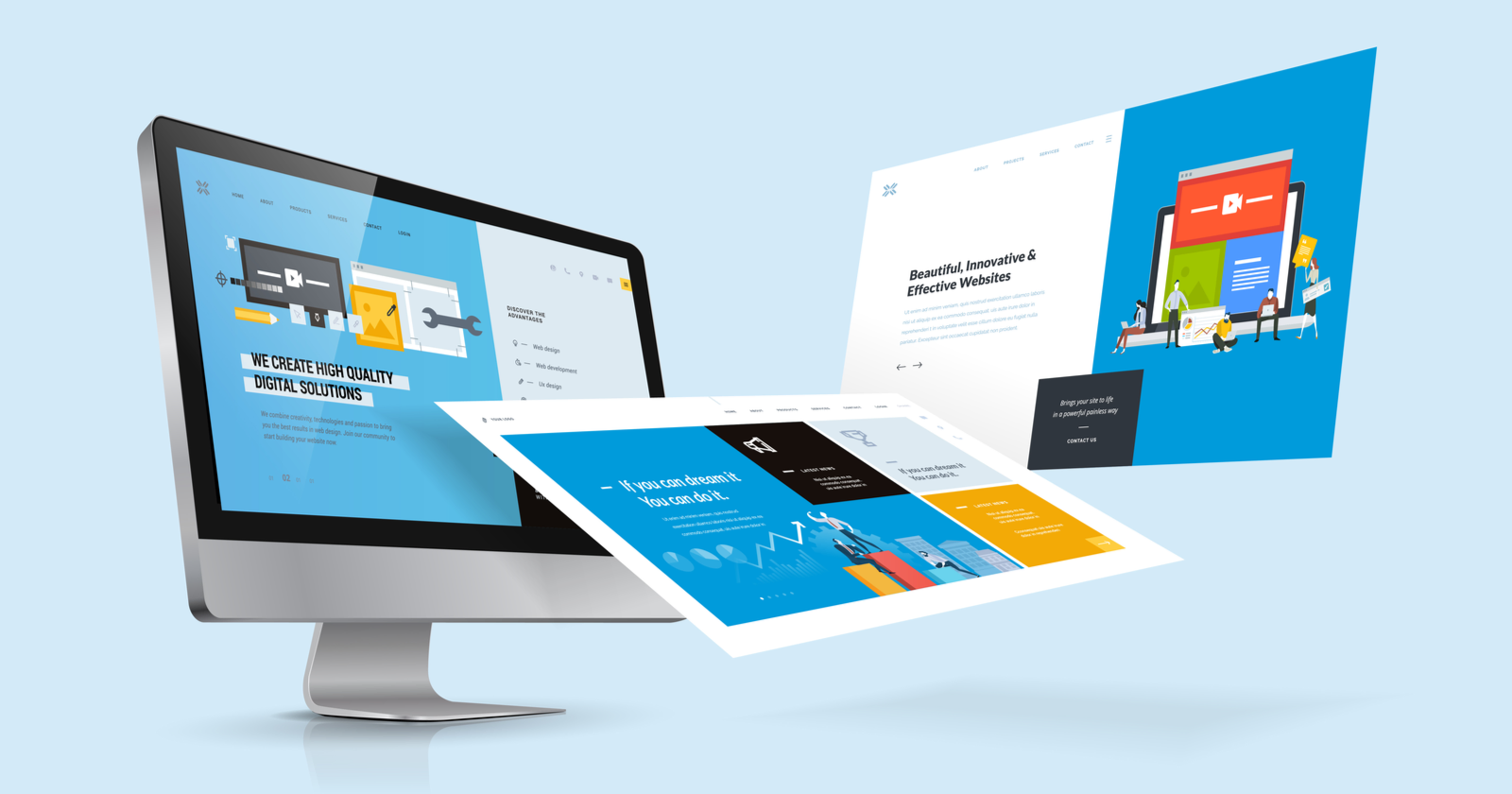Web development has evolved significantly over the years, with new technologies, frameworks, and tools constantly emerging. To ensure the success of your web projects, it’s essential to adhere to best practices that not only enhance the user experience but also streamline development processes. In this article, we will explore some of the key web development best practices that can help you create efficient, secure, and user-friendly websites and web applications.
- Responsive Design: One of the fundamental best practices in web development is implementing responsive design. With the increasing use of mobile devices, your website must adapt to various screen sizes and resolutions. Utilizing responsive design techniques ensures that your site looks and functions well on all devices, providing an optimal user experience.
- Performance Optimization: Website speed is crucial for user satisfaction and search engine ranking. Compressing images, minimizing HTTP requests, and leveraging browser caching are just a few ways to improve performance. Additionally, consider using content delivery networks (CDNs) to distribute your content efficiently.
- SEO-Friendly Practices: Search engine optimization (SEO) is essential for driving organic traffic to your website. Incorporate SEO-friendly practices such as proper keyword research, optimizing meta tags, creating a sitemap, and using clean, semantic HTML markup to improve your site’s visibility in search engine results.
- Accessibility: Web accessibility is a critical consideration to ensure that your website is usable by individuals with disabilities. Follow web content accessibility guidelines (WCAG) to make your site accessible to everyone. This includes providing alt text for images, keyboard navigation support, and ensuring proper contrast for text and backgrounds.
- Security: Protecting user data and your website from cyber threats is paramount. Keep all software, plugins, and libraries up to date, use HTTPS to encrypt data transmission, implement strong authentication and authorization mechanisms, and regularly conduct security audits to identify and address vulnerabilities.
- Cross-Browser Compatibility: Different browsers may interpret web code differently. Test your website across multiple browsers and devices to ensure consistent rendering and functionality. Using browser-specific feature detection can help you provide a seamless experience for all users.
- Code Quality and Maintainability: Write clean, well-structured code to improve maintainability and collaboration among developers. Utilize version control systems like Git and adhere to coding standards and style guides. Consider using frameworks and libraries that promote code organization and reusability.
- Mobile-First Development: Start by designing and developing for mobile devices before scaling up to larger screens. This approach encourages a focus on essential content and a streamlined user interface, improving the overall user experience on all devices.
- Content Strategy: Develop a content strategy that aligns with your target audience’s needs and preferences. High-quality, relevant content enhances user engagement and encourages return visits. Regularly update and refresh your content to keep it current and valuable.
- Performance Monitoring and Analytics: Implement analytics tools to monitor user behavior, track website performance, and gather insights into your site’s strengths and weaknesses. Use these insights to make data-driven improvements continually.
Web development best practices are ever-evolving, and staying up-to-date with the latest trends and technologies is essential for success. By following these best practices, you can create websites and web applications that are not only visually appealing but also efficient, secure, and user-friendly, ensuring a positive experience for your audience.




